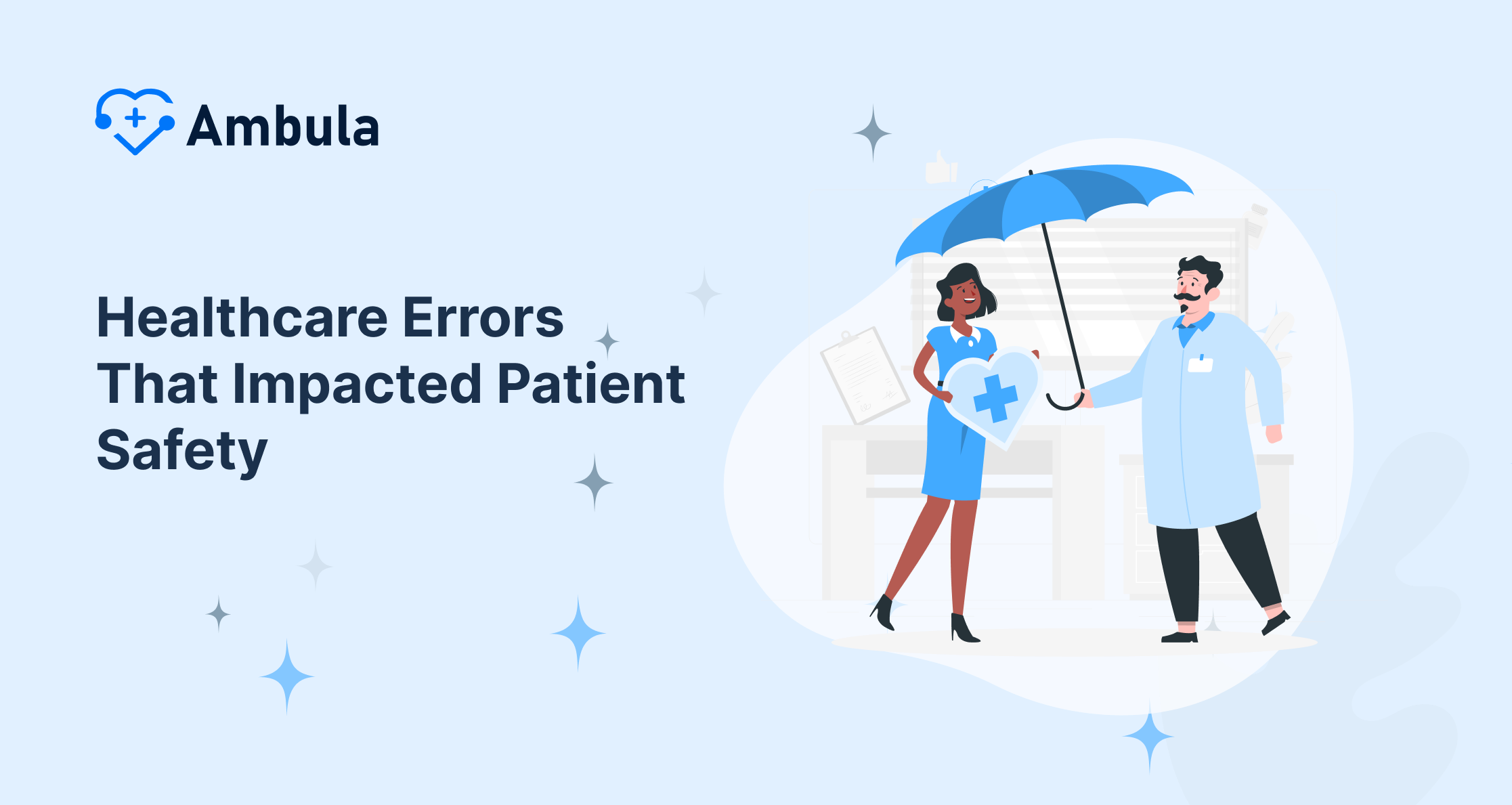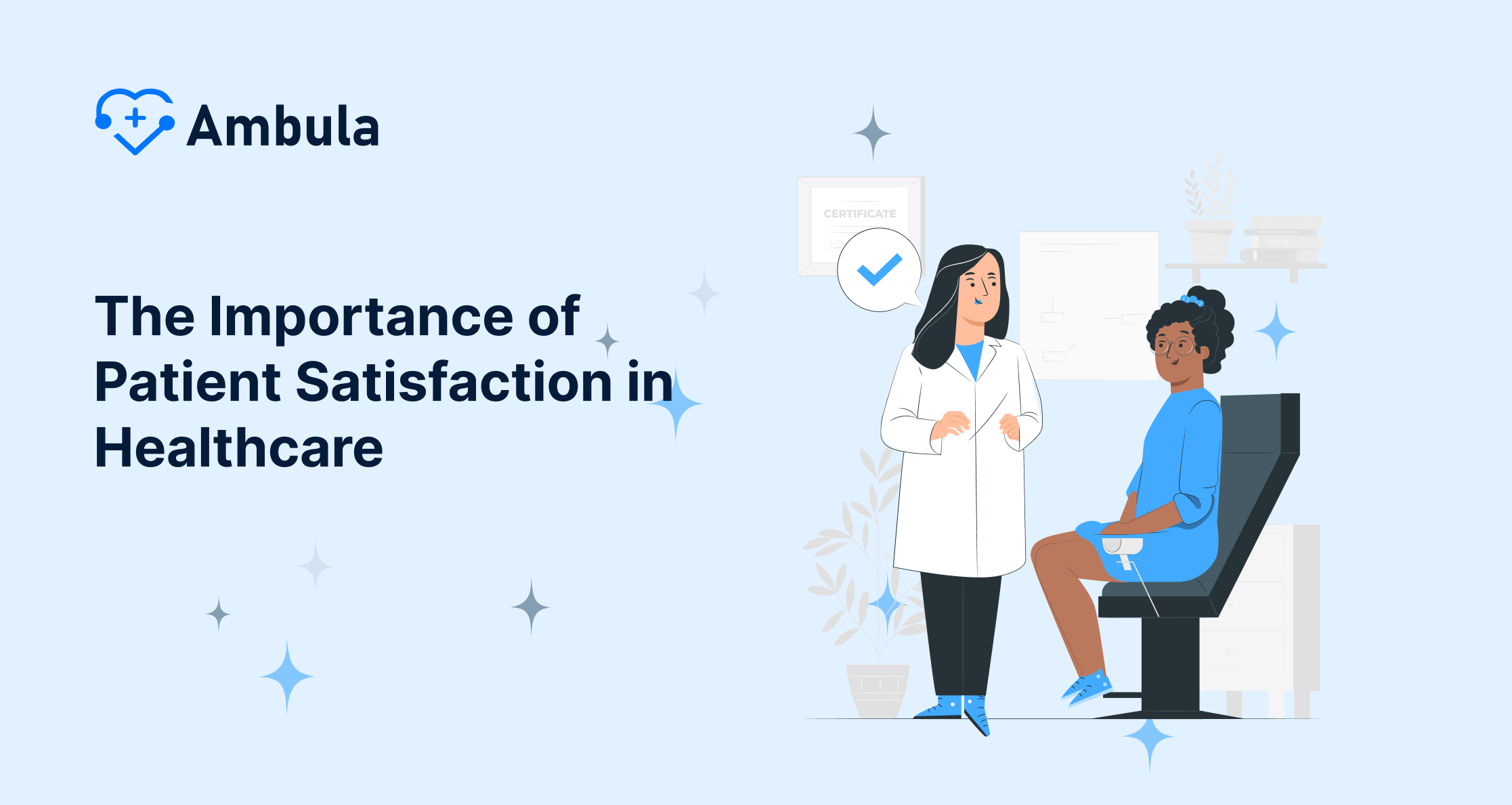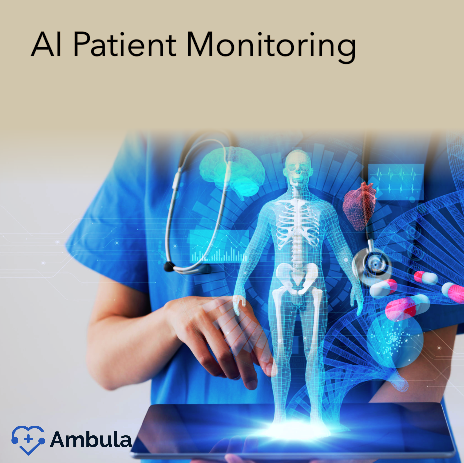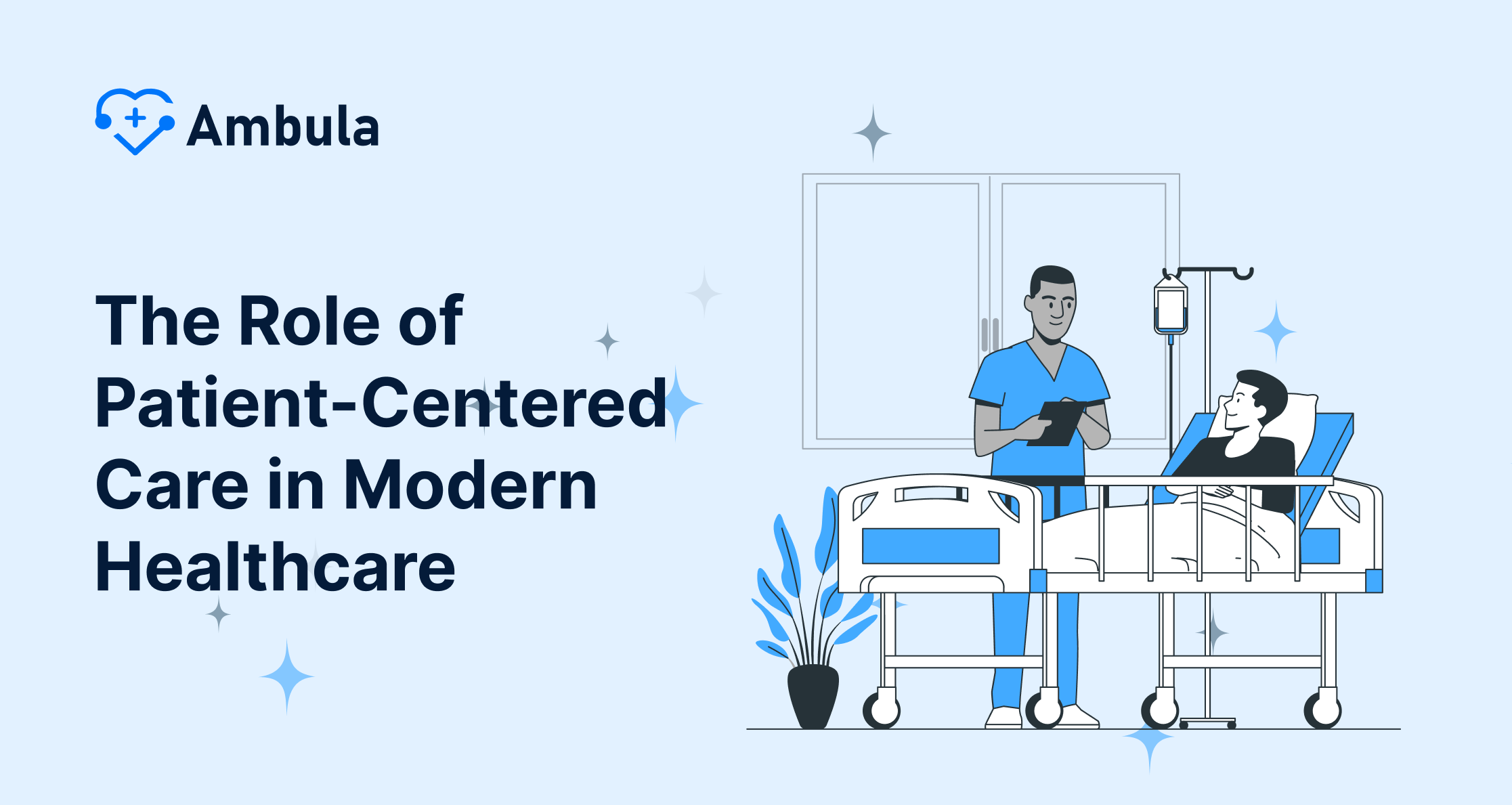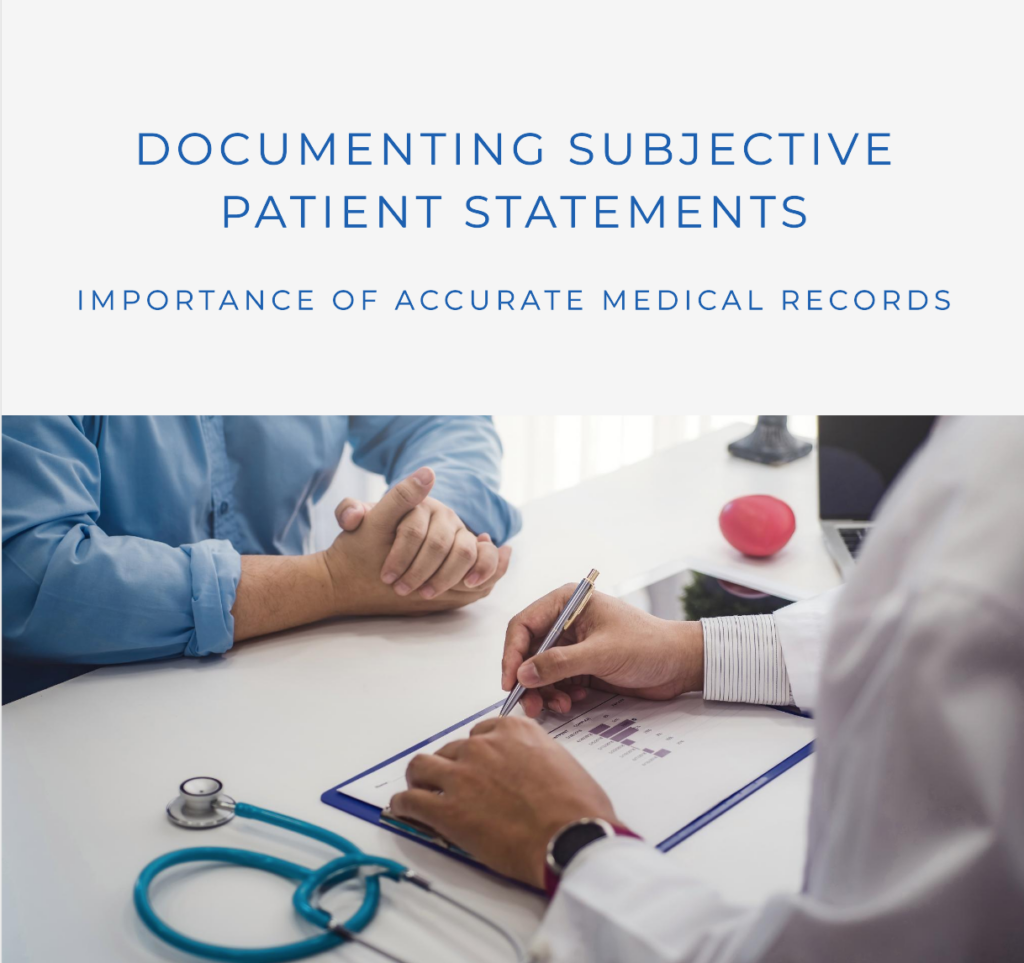
Hello, health enthusiasts and healthcare practitioners! You’re probably quite familiar with subjective statements if you’re a medic, nurse, physiotherapist, psychologist, or involved in any profession where you communicate with patients. They might feel like a little offbeat territory, but rest assured, there’s a method of turning these subjective musings into objective data. Let’s delve into the fascinating world of documenting subjective patient statements.
Table of content
- Sherlocking Patients’ Symptoms
- The SOS – Soap Note Strategy
- Language Matters – Keeping it Relevant and Respectful
- The Fine Line Between Subjective and Objective
- Easing the Process with Technology
- Learning to Listen: The Secret Ingredient
- Handling Emotions: The Whys are Important
- Precision in Subjective Statements
- Cultural Sensitivity: An Underdog Champion
- In Collaboration, We Trust
Sherlocking Patients’ Symptoms
Our first port of call is understanding the patient’s symptoms. Did you know that patient statements, often through a simple conversation, can be a gold mine of diagnostic information? Typical objective data like test results, vital signs, and physical examinations certainly play a huge role. Still, they occasionally fall short without the subjective input only the patient can provide.
Let’s use Mr. Johnson as an example. He’s been complaining of this lingering headache that just won’t let up – no matter the number of painkillers he pops. But wait, his tests are all coming back to normal. Where does this headache originate from, then? Is it from tension migraine, or is it just a symptom of another underlying condition? Well, let’s ask Mr. Johnson since he’s experiencing the pain, right?
The SOS – Soap Note Strategy
As healthcare providers, it’s all about finding the best approach to document these subjective statements. For this, a popular global strategy is SOAP – Subjective, Objective, Assessment, and Plan.
The ‘Subjective’ part of this acronym is where the patient’s spoken words become crucial. It’s about logging in the patient’s reason for the visit, their complaints, symptoms, and general feelings on their health status – translating their narrative into essential health information.
Language Matters – Keeping it Relevant and Respectful
Navigating through these subjective perspectives is undoubtedly challenging. It’s vital to focus on being both respectful and relevant. This is where healthcare practitioners need to utilize their communication skills, asking open-ended questions and using language to encourage patients to share more details about their health status.
Comments like “I’ve been feeling really tired lately” can harbor monumental relevance, demystifying many underlying symptoms. It could hint at a low iron level, poor sleep quality, depression, or many other health issues. However, documenting these subjective statements word by word is not always effective. Therefore, summarize or paraphrase these professionally and respectfully, ensuring that they do not lose their essence.
The Fine Line Between Subjective and Objective
Remember, every patient’s subjective data is their truth and shapes their healthcare experience. However, it’s also crucial to delineate the thin line differentiating the subjective statements from the objective data – the former relates to how the patient feels and the latter to what the healthcare professional observes.
But where should you draw that line? Let’s circle back to Mr. Johnson. If he describes his headache as ‘splitting,’ that’s subjective, as it describes his personal experience. If he says he has been experiencing these episodes 3-4 times a week, that’s objective data to analyze further. The healthcare provider should meticulously document both per the requirements.
Easing the Process with Technology
Let’s face it – documentation can be overwhelming. Here’s when Electronic Health Records (EHRs) come to our rescue. These digital platforms can make procedure codes for subjective symptoms easier and provide a systematic interface for structured note-keeping. They can also serve as a standardized repository, making the subjective data conveniently accessible for future patient consultations.
Learning to Listen: The Secret Ingredient
Communication, more specifically, active listening, is the backbone of capturing accurate subjective data. It’s like any other type of relationship – hearing is different from really listening. When patients are talking about their overall feelings or about that stubborn pain that persists, are you really hearing what they’re saying, or are you already coming to conclusions?
Go beyond the “doctor-talk” have a chat. One of the best ways to receive subjective data is to make your patients feel safe, secure and comfortable to share. You’ll gain more insight, and they’ll feel more involved in their care – a win-win.
Handling Emotions: The Whys Are Important
Subjective documentation isn’t just about the physical; the emotional state counts too. Is your patient feeling annoyed, agitated, stressed, or anxious? Emotional well-being is no less significant than physical health. Although capturing these subjective feelings might seem tricky, getting to the why of these emotions might untangle many potential health concerns.
Precision in Subjective Statements
While having that casual conversation is crucial, you wouldn’t want to miss out on specifics. To reach a conclusive diagnosis, specifics in subjective data matter. So, if your patient talks about recurring pain, probe further: where exactly is the pain? How intense is it on a scale of 1-10? What does it feel like – sharp, throbbing, burning? Accurately documenting these specifics can make a world of difference in drawing the right path for the treatment plan.
Cultural Sensitivity: An Underdog Champion
Let’s face it; cultural background influences the understanding and articulation of health issues. Pains, aches, and distress are experienced and explained differently across cultures. A healthcare provider needs to be mindful of this. Be respectful of any cultural nuances, ask additional clarifying questions if needed, and document the responses truthfully to ensure a culturally competent healthcare provision.
In Collaboration, We Trust
While the patient-provider relationship is integral, so is the provider-provider relationship. Be it doctors, nurses, therapists, or other specialists – everyone brings unique insights to the table, enriching the patient’s health profile. When these different perspectives are documented and merged within the EHRs, it offers a comprehensive view of the patient’s health journey and facilitates a more wholesome and effective treatment plan.
A Closing Thought
Embarking on this journey of documentation might seem daunting at first. But over time, integrating this practice will prove to be a rewarding endeavor by offering more precise diagnoses, personalized treatment plans, and ultimately, improved patient satisfaction.
Subjective statements talk about the road less taken in healthcare, but when taken, they lead to destinations that yield quality care and elevated health outcomes. So, let’s embrace this invaluable practice, perfect its art, and weave it into the fabric of our healthcare perspectives.
The Final Word
By the end of the day, it’s about providing excellent patient care and improving their health outcomes. Mastering the skill of accurately documenting patient’s subjective statements can be a game-changer towards achieving this goal, making the healthcare journey smoother for both parties.
Always remember, everyone’s experience with illness is unique; it’s our job as healthcare providers to validate that uniqueness and translate it into relevant medical data. And yes, you’ve guessed it – you’ll need to perfectly document it!

